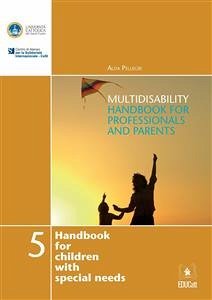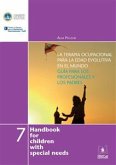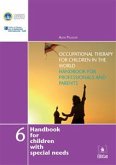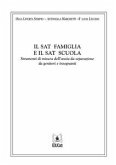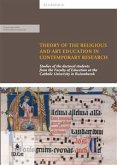The purpose of this handbook is to analyze clinical, personal and behavioural features of children with multidisability in order to guide the therapeutical and educational choices of operators and families, thus guaranteeing a decent life to every patient. Before turning to a punctual analysis of every single characteristic, we believe it is very important to outline the clinical picture that qualifies multidisability as a specific entity. “Multidisability is not a mere aggregation and coexistence of limitations in the same person. It is rather a permanent interaction between pathologies, limitations and disabilities in a dynamic system affected by the internal and external environment of the subject him/herself.” (Piccioni, 2005). Bearing this principle in mind, we have compiled some useful and practical suggestions for therapists, operators and parents taking care of multidisabled children all over world – with a particular focus on developing countries. Coping with disabled children and all the motor, mental and behavioural implications of their clinical picture necessarily entails different types of analyses. Taken together, the results of such analyses contribute to outline every little patient’s world as a whole, unique reality. This dissertation reports some of our most representative cases and provides a list of questions to gain a deeper understanding of the issues described in each chapter. The introduction of such elements is aimed at supporting trainers in their critical task of effectively turning basic rehabilitation theories into positive practices. Because of its key role in both the care-giving and educational domain, family need constant support and guidance and is at the very heart of our work. Tratto dall'Introduzione dell'Autrice
Bitte wählen Sie Ihr Anliegen aus.
Rechnungen
Retourenschein anfordern
Bestellstatus
Storno

